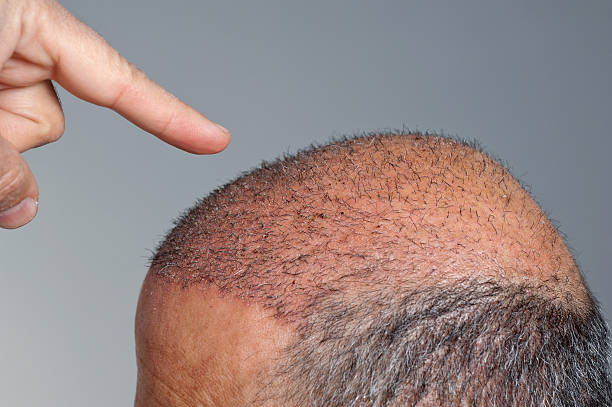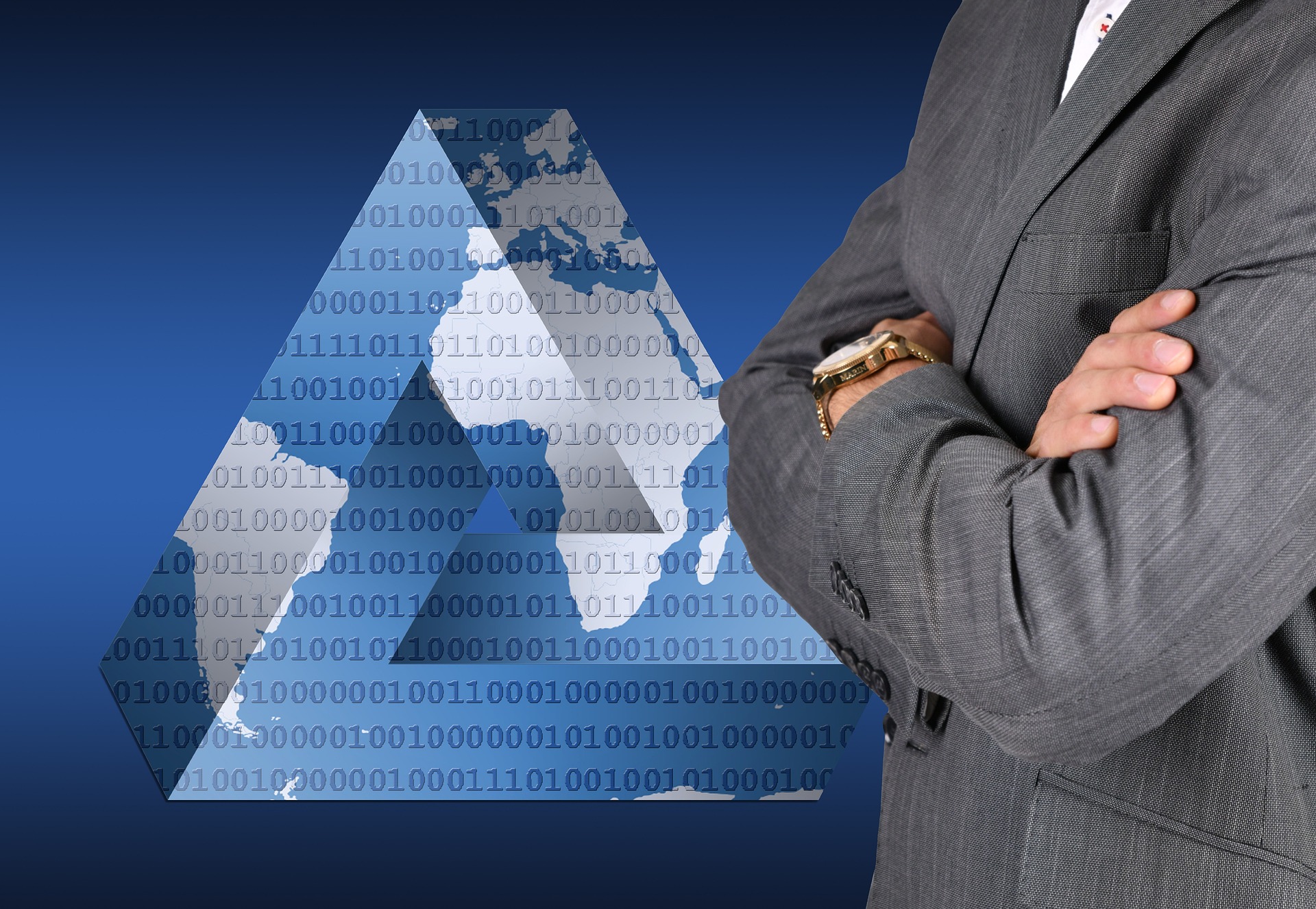"Unraveling the Potential of Telecommunications in Healthcare"
The digital revolution has not only touched the world of technology and communication but has had far-reaching impacts on every sector, including healthcare. Telecommunications technology, often overlooked, is laying the groundwork for advancements in healthcare that could revolutionize patient care and outcomes.

An Overview of Telecommunications in Healthcare
Telecommunications in healthcare, often referred to as telehealth, is a broad term that encompasses various applications of telecommunications technology in the healthcare sector. The origins of this technology trace back to the late 20th century, when doctors began using telephones and fax machines to communicate with patients and each other. As technology evolved, the scope and application of telecommunications in healthcare expanded, leading to the emergence of telemedicine, remote patient monitoring, and mHealth (mobile health) services.
Current Trends in Telecommunications and Healthcare
Today, telecommunications is a critical element in many healthcare services. Telemedicine, for example, allows patients to consult with doctors remotely, reducing the need for in-person visits. This has been particularly beneficial during the COVID-19 pandemic, where minimizing human contact is crucial. Similarly, remote patient monitoring technologies enable healthcare professionals to track patient’s health data in real-time, enhancing patient care and reducing hospitalization rates.
The Impact and Challenges of Telecommunications in Healthcare
While telecommunications is revolutionizing healthcare, it also brings its own set of challenges. Data privacy and security are paramount concerns, as healthcare information is extremely sensitive. Ensuring the accuracy and reliability of the transmitted data is also crucial, as it directly affects patient care. Furthermore, there are also regulatory and legal issues to consider, as healthcare is a highly regulated industry.
Practical Applications of Telecommunications in Healthcare
Despite these challenges, the practical applications of telecommunications in healthcare are immense. For instance, telemedicine can make healthcare more accessible, especially for people living in remote areas. It can also help reduce the cost of healthcare by minimizing the need for hospital stays. On the other hand, remote patient monitoring can help manage chronic conditions more effectively and enable early intervention in case of health emergencies.
The Future of Telecommunications in Healthcare
The future of telecommunications in healthcare is bright, with new innovations on the horizon. Artificial Intelligence (AI) and Machine Learning (ML) are expected to play a significant role in enhancing telehealth services. Moreover, advancements in data analytics and cloud technology could further improve data management and patient care.
In conclusion, telecommunications is playing a pivotal role in transforming healthcare. Despite the challenges, its potential benefits in improving patient care and outcomes are undeniable. As technology continues to evolve, we can expect to see even more innovative applications of telecommunications in the healthcare sector.




